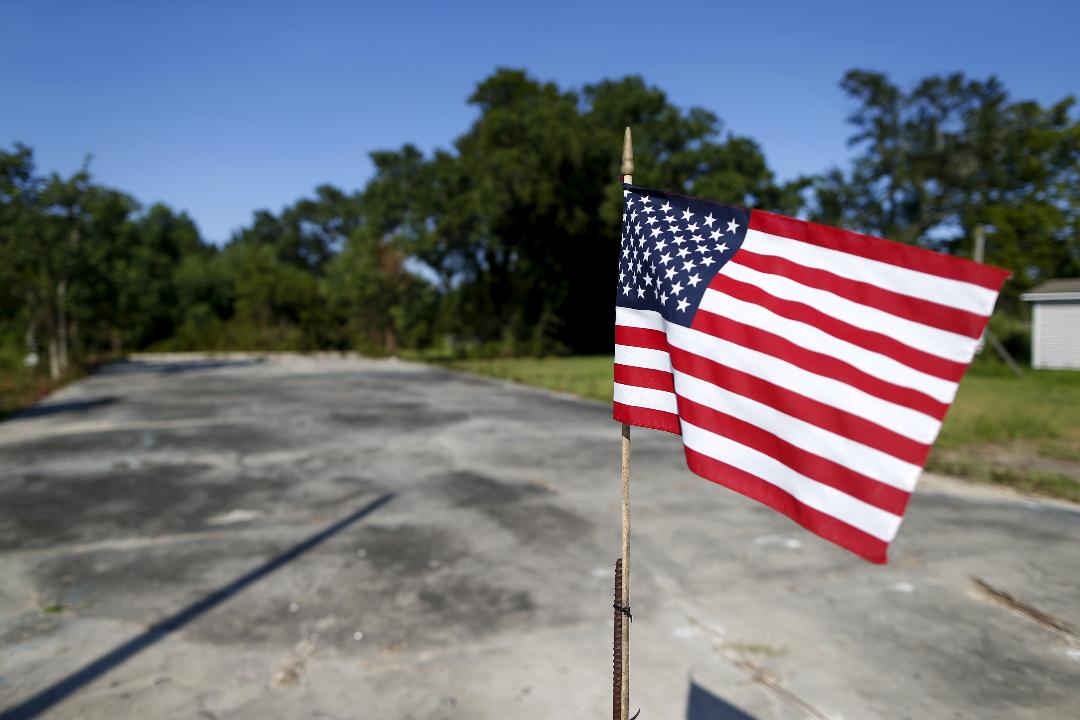Military financial literacy improving, but it needs to start sooner
As Financial Literacy month comes to a close in April, now is the time to think bigger about improving the financial readiness of our service members.
Financial education is a required part of military training, but military families are twice as likely as civilians to have difficulty making ends meet. At the same time, over nine in ten service members, veterans and their families carry debt, while 38 percent of troops have less than $2,000 saved for an emergency.
In 2016, in response to chronic financial problems plaguing military personnel, Congress passed a law requiring the Department of Defense to provide comprehensive financial literacy training to all members of the U.S. armed forces. Since then, the situation has improved. A 2018 Defense Department study found that 83 percent of service members said their financial situation was better than it was a year earlier.
But while this program is a step in the right direction, it’s far too early to declare victory. About 200,000 new recruits enter the military every year, a large percentage without a solid understanding of how to make major purchases, invest in their education or retirements or manage their credit scores. Nearly two-thirds of military families still say they have experienced stress due to their current financial situation.
In my 30-year military career, I have personally seen the impact a lack of financial literacy has had on troops I have counseled. In one instance, I found that a number of men and women in my platoon were trying to limit their consumption by taking small amounts from the ATM machine – in upwards of 20 withdrawals per month – without understanding the implication of the ATM fees.
In another, I found that despite a Savings Deposit Program that allows deployed service members to earn a guaranteed 10 percent return on up to $10,000 during a deployment, only about 10 percent of my battalion enrolled. They simply didn’t grasp the value of compounding interest – or the urgency of choosing savings over consumption.
The blunt truth is that if we want military financial readiness programs to be most effective, we need to start earlier. We need to start implementing standard, mandatory financial literacy programs in high schools across the country.
High schools doing 'little or nothing'
Many, if not most, of enlisted service members are being recruited immediately out of high school or soon after. According to the Council on Foreign Relations, around 40 percent of active duty enlisted Army, Marine and Navy troops in 2018 are age 24 or younger; 84 percent of Marine recruits are age 20 or younger.
But according to the National Financial Educators Council, high schools are doing “little or nothing to prepare students to deal with their finances, setting them up for academic success and financial failure.” A recent EverFi survey of over 100,000 incoming college students across the country found that most could not answer basic financial literacy questions, and on average answered only two of six questions correctly. More than half said they had never taken a personal finance course.
This lack of financial knowledge is exacerbated by the financial challenges facing today’s service members and their families. Debt is a common problem, a combination of a lack of financial literacy, easy access to credit products and predatory practices – lenders and scammers targeting military members because of their steady income and government jobs.
The most effective educational programs include regular and consistent emphasis on the importance of taking early action. For example, if a first lieutenant puts $10,000 in an investment account expected to earn 7 percent annually, in 40 years this account would be worth $160,000. If she adds $5,000 to her savings each year, she will have over $1.7 million after 45 years.
Financial literacy programs in high schools do work. For the 2018-2019 school year, PenFed teamed up with educational software company EverFi to provide high schools in Puerto Rico with courses in personal finance. After the course, students increased their scores on assessment tests by an average of 93 percent.
If we are teaching the fundamentals of personal finance as early as high school, courses service members take when they enter the military will be refreshers, not new knowledge they have to process alongside a mountain of job-related information.
CLICK HERE TO GET THE FOX BUSINESS APP
We owe all military members – and young people – the tools to make informed decisions about the impacts of their actions on their current and future lives. We need to make mandatory high school literacy programs a priority at the national and local levels. Early and consistent education is the key to instilling financial practices that help service members stay out of debt and achieve their financial and lifestyle goals.
Jamie Gayton is the executive vice president of member operations at PenFed Credit Union. After leading teams in the U.S. military for 30 years with combat deployments to Iraq for Desert Shield/Storm in 1990-1991, and Operation Iraqi Freedom in 2005-2006, he joined PenFed in 2017. He earned degrees from West Point (B.S.), MIT Sloan (MBA) and Pardee RAND (Ph.D.). He previously taught economics at West Point and culminated his military career by teaching economics at the National Defense University’s Eisenhower School from 2015 to 2017.




















